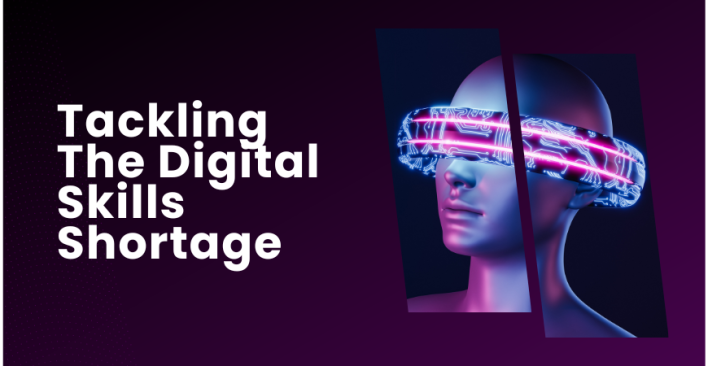Disrupting The Workforce As We Know It

At the ATC’s Contingent Workforce Conference last week, there were two sessions that stood out for me in relation to disrupting what we know now. The first one was delivered by David Harrison, VP Engineering at Freelancer, and the second was from our very own Kevin Wheeler who always delivers a great wrap up on the future of work.
Let’s start with Freelancer. Here is a quick overview of David’s presentation:
Internet usage is growing exponentially, especially in developing countries. In 2011, China had approximately 513M internet users, representing 38% of their population, and a year on year growth of 12%. India had 121M internet users, representing only 10% of the population, and a staggering year on year growth of 38%. Compare these figures to the US, with 245M users, representing 79% of their population and a growth rate of 1% year on year.
With this growth of internet usage, people now have access to information, technology and knowledge, but most importantly, free education. So the world’s population is starting to be more able to education themselves. And according to David Harrison “The first thing they are doing online is looking to raise their standard of living.” Enter Freelancer.
Freelancer is a site that gives you access to virtual workers all over the world. You put up your project or requirement, and freelancers bid for the work. And they are cheap, for as little as $10 an hour. You can get documentation done, applications developed, websites designed and created – the possibilities are endless. In the discussion that followed someone commented that they have given the same piece of work to more than one freelancer, so they could choose the best because the cost impact was so low. In fact Freelancer themselves run competitions for work. They ran one for their logo design. The prize was $450. In 7 days they had 1,232 different logos to choose from.
When listening to speakers, I usually have an internal dialogue going on – questioning or agreeing with what they are saying (if I haven’t turned off and started thinking about something completely different). So I did have a few thoughts about this approach.
Is this exploiting workers? Are we accessing cheap labour and taking work away from our own, local people? Yes, maybe. The fact is these services are available and organisations are starting to consider how they can be utilised. The ‘pro’ is that it helps to raise the standard of living for someone in a developing country, the ‘con’ is that this could drive down wages here in our own country. Anyway, it is what it is. Just like with any disruptive technology, there are always pros and cons that the market needs to grapple with.
Now let’s move on to Kevin Wheeler’s presentation titled “The Irresistible Rise of the Contingent Workforce 202”. Here are his themes (or my take on them):
The end of the large corporate is nigh. The number of listed companies in the US has almost halved since the mid-90s. Smaller and agile companies are taking their place. The Global, Virtual Workforce is emerging and self-employment is on the rise. Two thirds of the work is done outside of the office – either at home or in co-working cafes and ‘the office is dead’. Yep, you can say good bye to your cubicle.
Wheeler also called out some of the obvious challenges. Government regulations and legislation needs to play “catch-up tiggy” with these changes. If we have a virtual and global workforce, who pays tax and to whom? How do corporates take control of their workforce and ensure quality outcomes for their clients? And then there are the not so obvious challenges around nationalism, cultural differences and the potential difficulties in managing virtual teams.
I guess ‘work’ is constantly changing and technology innovation seems to be driving this. And change is here right now: flexible work arrangements are increasing; industries are off-shoring components of work that were traditionally done in-house, in the office; technology is automating many repetitive and basic functions (think of robot trucks for the mining industry). The challenge for us is to embrace the change and make it work. We have interesting times ahead.
I would love to hear your insights into the ‘disruptors’ that you have observed in the ‘Workforce as We Know It’.
Related articles
Sign up to our newsletter
Get a weekly digest on the latest in Talent Acquisition.
Deliver this goodness to my inbox!



Comments are closed.